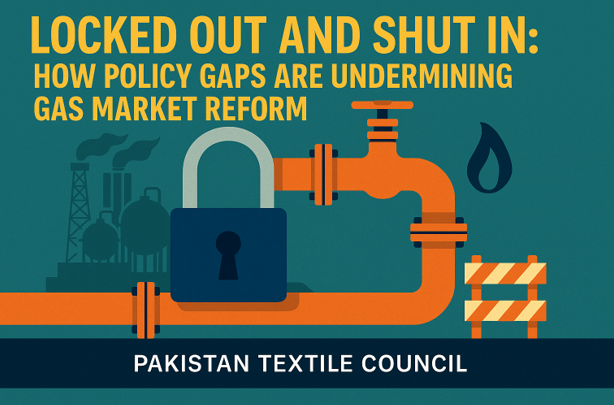Locked Out And Shut in: How Policy Gaps Are Undermining Gas Market Reform
admin
May 29, 2025

Writer: MR. ASIM RIAZ AN ESTABLISHED ENERGY EXPERT, M.PHIL. STRATEGIC STUDIES NDU,MASTERS IN ENERGY MANAGEMENT CIIT, B.SC. (MECHANICAL) UET, BS. MATH-PHYSICS PU.
As stated in the Network Code, “Only supply mains of industrial SMSs (i.e., SMSs with dominant Industrial Sale) will be considered for transportation service in the distribution network.” This provision effectively restricts access to a limited share of the SNGPL and SSGC distribution grids, undercutting the core intent of competitive gas market liberalization. Available field data indicates that only 15–20% of the distribution network qualifies under current TPA provisions. The remaining access requests are evaluated through non-transparent, discretionary procedures—heavily influenced by loosely defined parameters such as system integrity, seasonal balancing, and operational constraints. These criteria lack codified standards, inviting regulatory ambiguity and procedural opacity.
The policy decision to remove captive power from the gas supply pool has further shrunk the addressable market for third-party suppliers. The captive sector had historically served as the most bankable and reliable offtaker for RLNG under TPA. Its exclusion has rendered many transactions commercially unviable, undermining confidence in the TPA regime and discouraging future private participation.
Recent Posts
News
Blog
Have Any Question?
- +92 51 2726971
- info@ptc.org.pk
